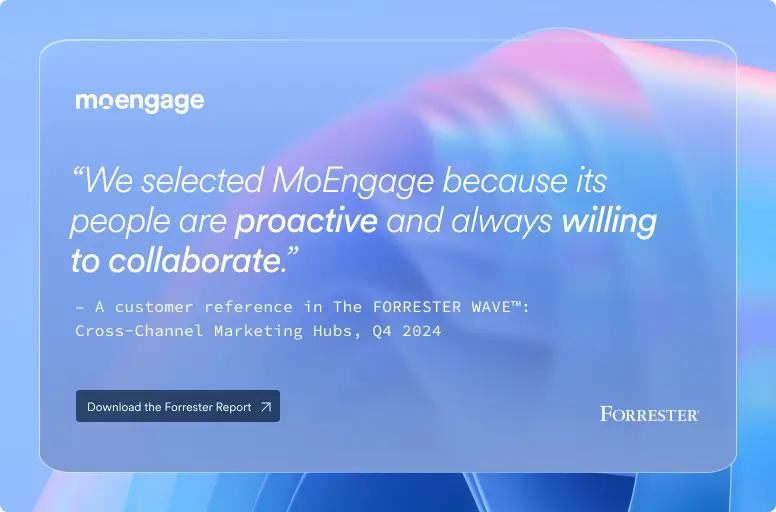Introduction
Brand messaging is an important marketing strategy that tends to work even on a long-term basis. In other words, if you wish to build a loyal customer base for your company or want to increase your brand awareness to fetch new customers, then brand messaging can help you to a great extent. In simple terms, this marketing strategy is all about helping your audiences form a strong connection with your brand. It is the strategy whereby businesses strive to understand their customers better, in turn, also making them understand how the company’s products can be beneficial to them, thus forming an impactful symbiotic relationship.
The very foundation of the brand messaging strategy is content. Creating effective content that can keep your customers engaged and make them relate to your brand is the key to a good brand messaging strategy. This content can be shared with your customers in various ways and via various platforms. Companies today use different platforms, including their own websites and apps, social media, email applications, and others, to share their content with their target audiences. And this content need not always be about advertising products or selling stuff. It can be about anything that customers may be interested in – the latest trends, major updates, or any other thing that might catch people’s attention and keep them engaged. The main purpose of this strategy is to inspire, persuade, and motivate customers to remain with you in the long run.
The pandemic situation seems to have impacted everything around us, right from our personal lives to the way businesses function. Marketing strategies have also undergone a considerable change in this period. This change can also be seen in the way companies are designing their brand messaging strategies. In a virtual roundtable, Yash Reddy, Chief Business Officer (APAC & EMEA) at Moengage spoke to Lomit Patel, Author and Vice President – Growth at IMVU; George Natsvlishvili, Head of Organic Growth at Glovo; Preeti Mundra, Head of Marketing and Partnerships at Liv. Digital Lifestyle Bank; and Saket Toshniwal, Head of CRM at Lovoo, to understand how their brand messaging strategies have changed during this pandemic.
Changes in Brand Messaging During COVID-19
Today’s real question is not whether brand messaging is required in the COVID-19 scenario but how far can companies extend their scope and reach. With offices closed and the “work from home” trend at its peak, millions of people around the world are forced into staying indoors. So, there is absolutely no social life with respect to physically meeting people outside of their homes. Whatever social life is left is now in the virtual space.
It is interesting how IMVU, the online metaverse and social networking platform, is using brand messaging to expand its audience reach during COVID-19. They are not only creating engaging content and posting it on different social media platforms, but they are also translating their content into different languages so that more and more people can view, read, listen, and enjoy it. By doing this, they are ensuring greater user engagement for their brand while also trying to bring in new audiences from varied demographic and geographical regions. Added to this, they are also organising webinars and online summits to reach out to more people. Of course, they are not selling their product directly, but by such kind of brand messaging, they are making people aware that there is an app out there, which can make their social networking experience more exciting.
Glovo, on the other hand, which is an on-demand delivery service, is now focusing on brand messaging even more than before. They have strategised to generate informational blog posts telling people about what’s happening around them due to the impact of COVID-19, which restaurants are open, which ones are shutting down, what they are doing to help people out, and so on. According to George Natsvlishvili, this would keep people engaged and persuade them to order deliveries from Glovo.
Connect, Don’t Sell
The global pandemic is a situation when everybody is in a fix; everyone’s experiencing difficulties in their day-to-day lives. Due to the imposed lockdowns, people are struggling to get hold of their daily essentials, which is causing frustration. And this is something that marketers need to understand. This is not the time to aggressively sell your stuff. This is the time to show your empathy toward your customers and to try and convince them that you are there to help.
A good brand messaging strategy during these times should reflect the fact that your company is committed to serving customers in a better way, not because you want to sell your products but because you understand their situation. All the content that you produce under this strategy should, therefore, focus on engaging customers so that strong, long-term relationships can be built and maintained.











